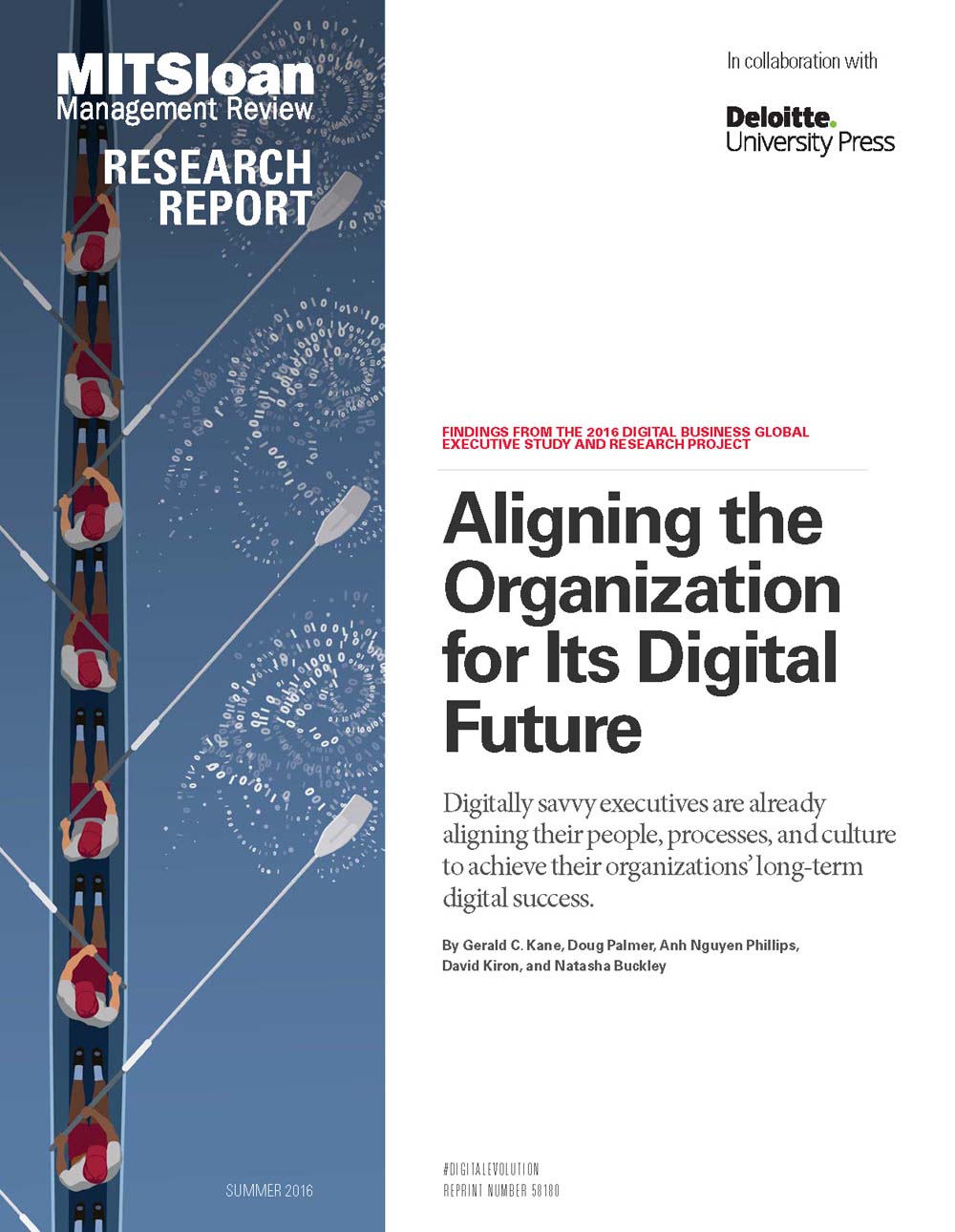
Strategic Intent for IT Outsourcing
Companies today are outsourcing the activities of their IS departments at unprecedented rates. Interviews with senior executives in fifty companies worldwide show that three kinds of strategic intent drive the decision to outsource.
-- Companies pursuing IS improvement seek cost reduction, better performance from core IS resources, and the acquisition of new technical skills and competencies.
-- Outsourcing for business impact focuses on deploying IT to improve critical aspects of business performance
-- Outsourcing for commercial exploitation aims to leverage technology-related assets through the development and marketing of new technology-based products and services
Each type of strategic intent requires different approaches and tactics in the areas of the contract type, the performance measurement and evaluation scheme, the compensation system, and the assignment of decision-making rights to the vendor. Since the nature of the risks and rewards for each of the three types is different, the control mechanisms must be different as well. In all cases, the customer's relationship with the vendor must be aligned with the strategic intent underlying the outsourcing initiative.
When strategic intent is well understood and the critical issues are carefully addressed, the chances for success are greatly increased. In evaluating IT outsourcing opportunities and structuring relationships, managers should design the outsourcing contract to reflect and reinforce each strategic intent pursued; make sure that their organization and the vendor have the right mix of competencies and know-how; make sure that their organizational culture and work practices are compatible with those of the vendor; and enable continuity by designing contracts and relationships to anticipate change.




